About this item
- Gray side: Reflectance 17.8%; Density 0.74
- for Max. deviation of reflectance: 2%
- for Max. error in exposure measurements: 1/8 of F-stop
- This handy double sided pop up 18% grey/white card simplifies the complex technical issues surrounding exposure and color correction when working in different lighting conditions. It provides a major benefit when working under pressure at events such as weddings or fashion shows.
- Backed with Lightdow 90-Day Hassle Free Return & Replacement Warranty for Quality-Related Issue.
Product Description

Ready to take better photos?
The quik balance collapsible 12″ gray panel from Lightdow is a convenient tool to ensure that your photos and videos are accurately exposed and color balanced.
- One side of the panel is 18% gray, while the other side is neutral white.
- By taking a photo or video of either the white or gray side of the panel in the same lighting conditions as your final image, you can accurately adjust exposure and color balance in camera, or in your post-production software.

White Balance Card for Digital Photography
- washable
- collapsible
- accurate
Specifications:
PU material
- Gray side: Reflectance 17.8%; Density 0.74
- for Max. deviation of reflectance: 2%
- for Max. error in exposure measurements: 1/8 of F-stop
Features:
- The gray side of the panel has a target in the center so that your lens can find a focus point.
- The panel collapses to just 1/3 of its full size, allowing it to fit in most camera bags.
- A zippered storage sleeve is included to keep the panel collapsed during transport.

White Card
White Card is basically used to define the white balance, which is often replaced by a sheet of white paper due to its easy access to materials nature. The correct exposure of the white card makes the definition of the white balance of the picture noise is so small that very conducive to define. However, the correct exposure of white card compared to gray card to be more difficult, – generally we recommend to use gray card to define the white balance.
Why gray card, white card can be used to define the white balance?
Because both are R = G = B. That is, as long as the card is R = G = B color, it can be used to define white balance, only in this way, they can be separated from the white balance information carried.

18° Gray Card and Focus
Gray Card, – generally refers to 18% reflectance gray card. Since the camera exposure is based on 18% reflectance, we use the gray card metering to get the correct exposure. Another use of the gray card is to define the white balance. Because of the correct exposure values mentioned above, the gray card carries the correct white balance information.
How to Fix WB In-Camera With a Grey Card

How to Fix WB In-Camera With a Grey Card
The exact way of setting the white balance in camera with a grey card might differ from below, depending on the manufacturers.
Check your camera manual or search on Google about custom white balance and specify your camera’s model.
- Place the grey card in the scene;
- Set the camera to manual focus;
- Frame the shot so that the grey card fills the whole frame. Don’t worry about the sharpness of the image. It will work fine even if it’s out of focus;
- Check exposure and adjust if you need to;
- Press the WB button while turning the main dial until you select PRE.
- Release the button. Press and hold it again until the letters PRE start flashing.
- Take the photo of the grey card before PRE stops flashing.
- That´s all! The camera has just created a WB preset based on the photo you just took.
In other camera models, you might need to take a photo of the grey card and then select it in the Custom White Balance as the reference image.
Exposure Measurement

White Balance Calibration
Here’s how it works:
1. Exposure Measurement: By metering the light falling on the gray card, photographers can determine the correct exposure settings for their camera. This is especially useful in situations where the light may be uneven or challenging to measure accurately.
2. White Balance Calibration: Gray cards are neutral in color, and this neutrality helps in setting the correct white balance for a photograph. Photographers can use the gray card as a reference point for adjusting the color temperature of the image, ensuring that whites appear truly white without any color casts.
To use a gray card, you typically take a test shot with the card in the scene under the same lighting conditions as your subject. Then, during post-processing, you can use the values from the gray card to adjust exposure and white balance for the entire set of photos taken under similar lighting conditions.




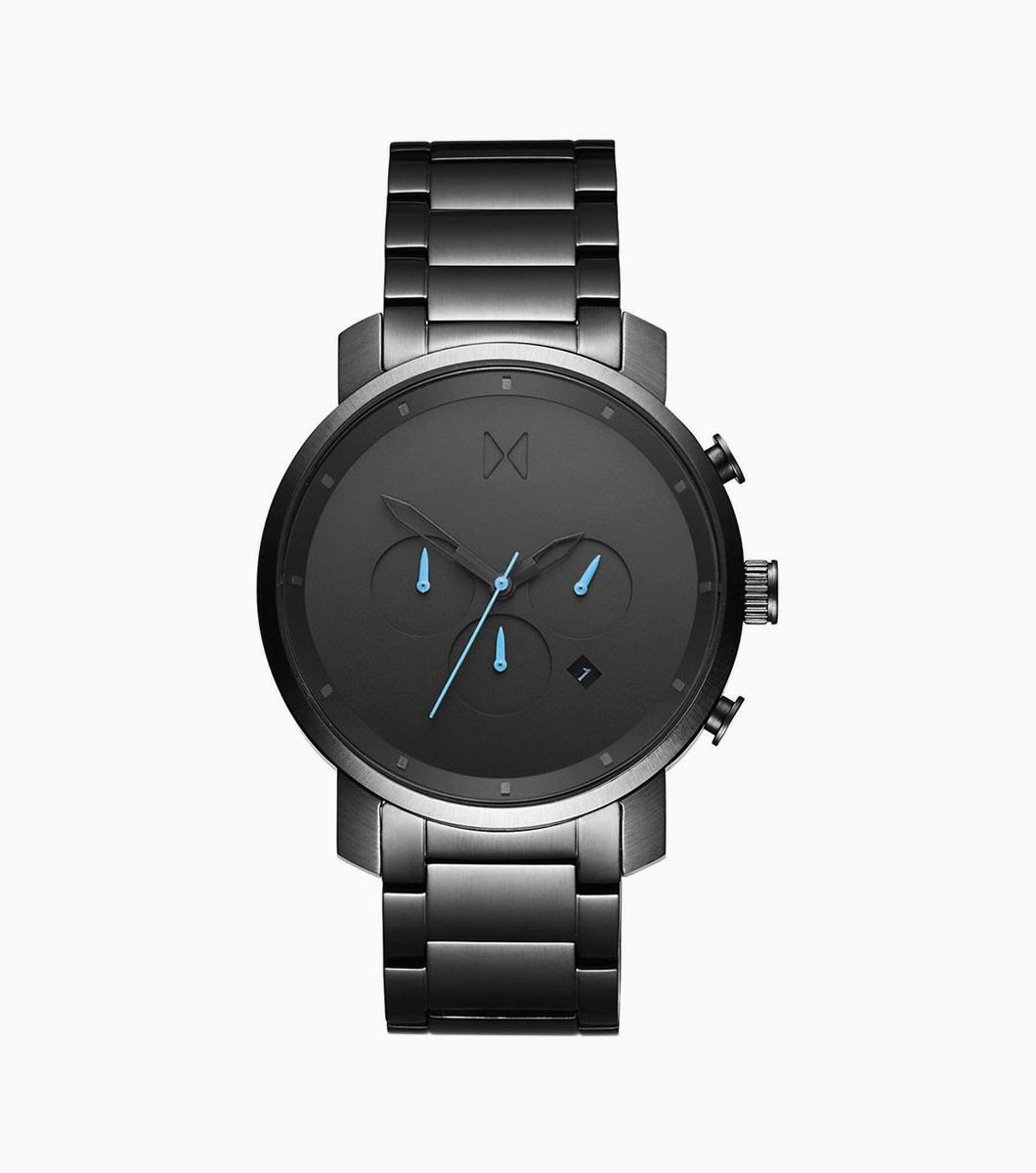
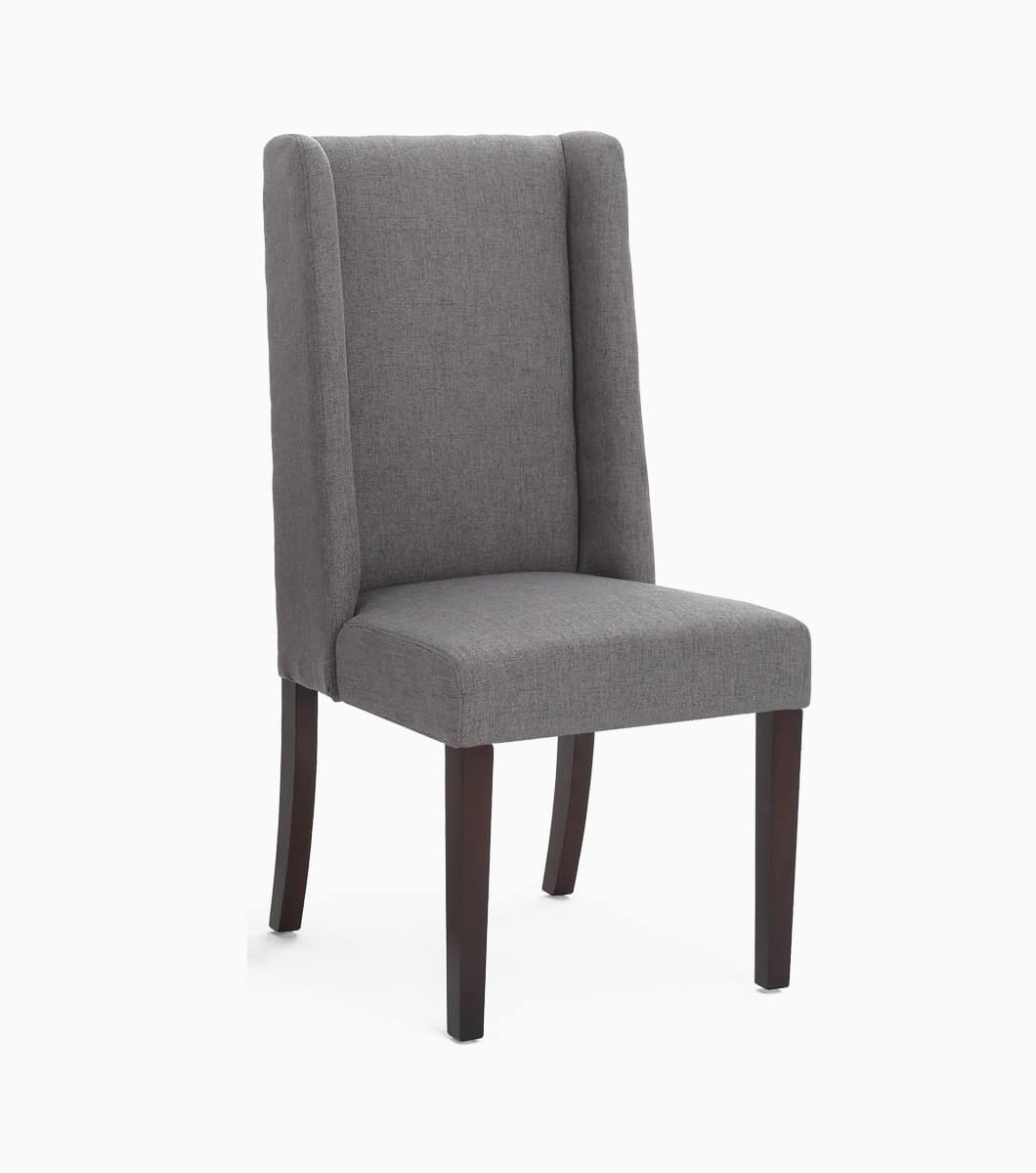
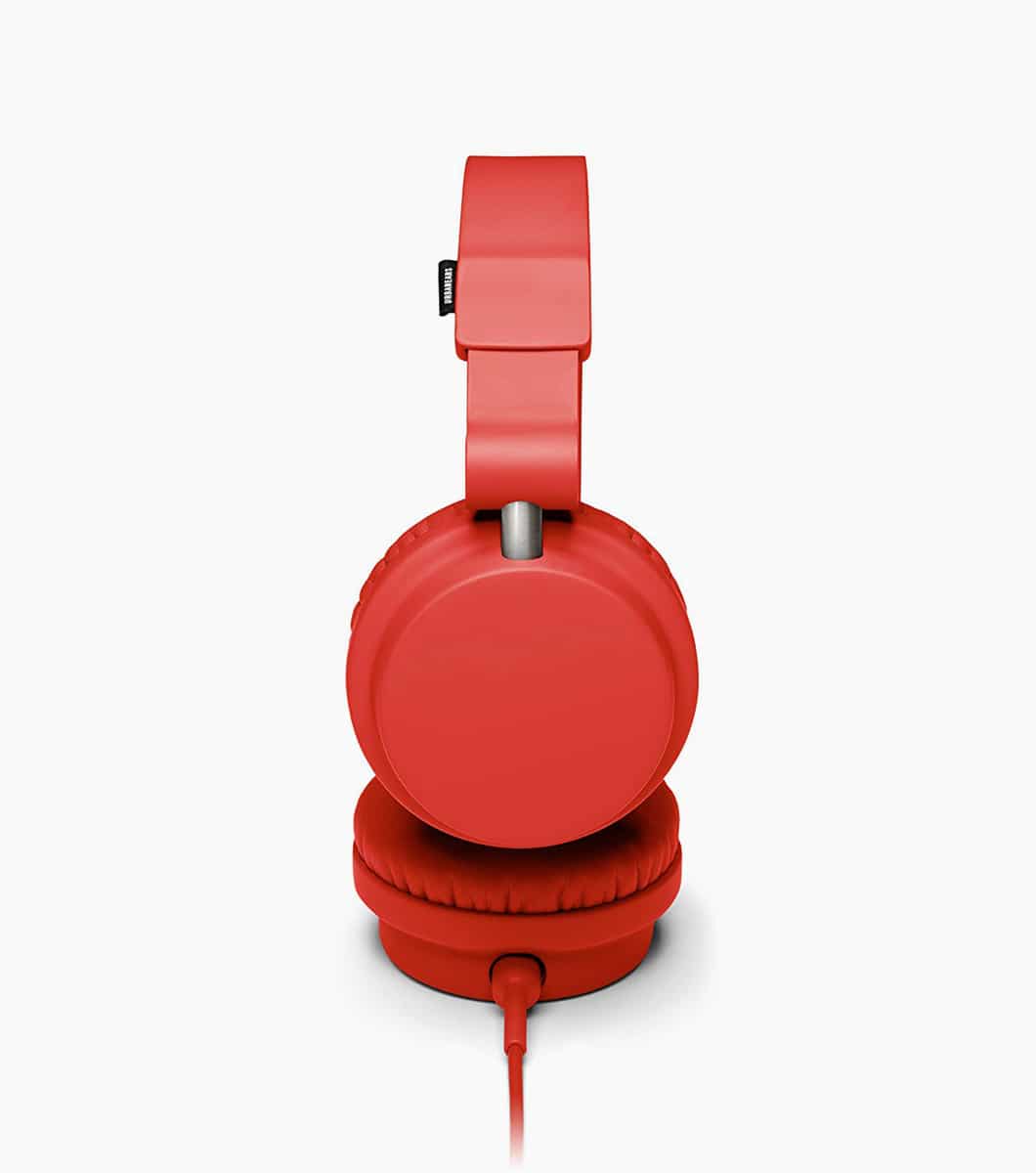
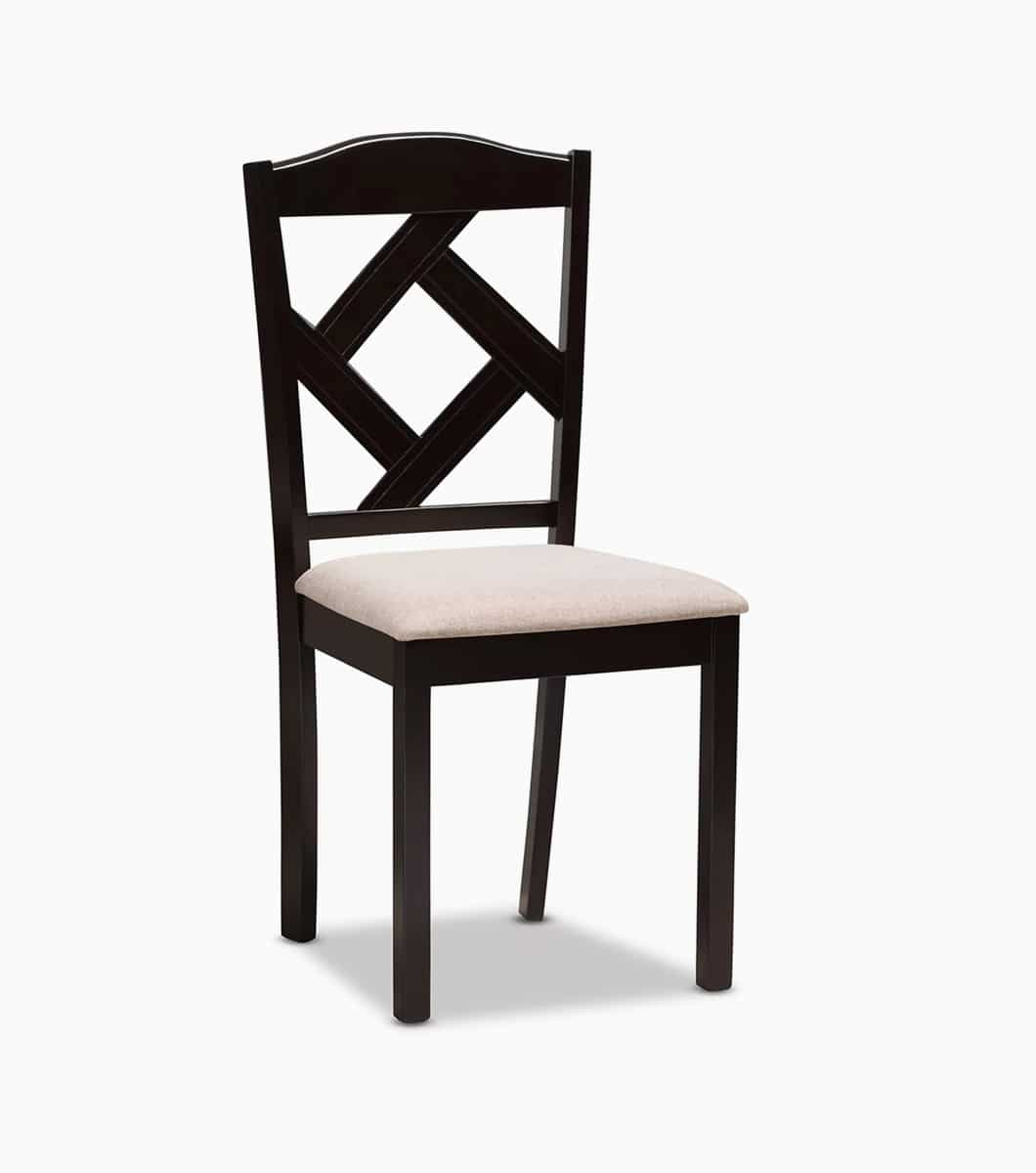




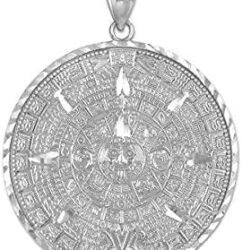
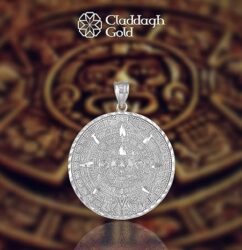
























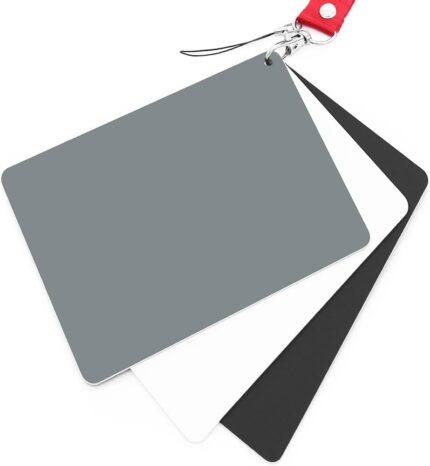



Reviews
There are no reviews yet.